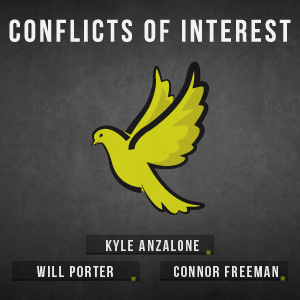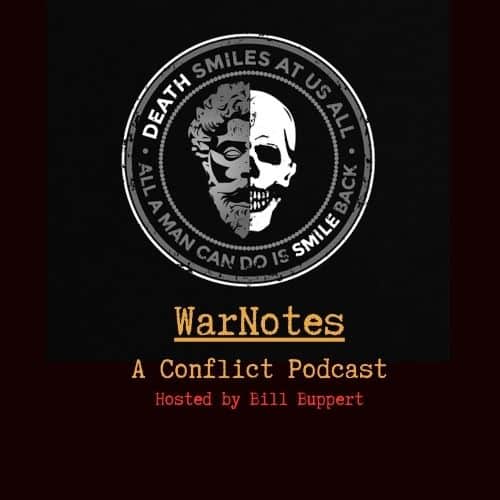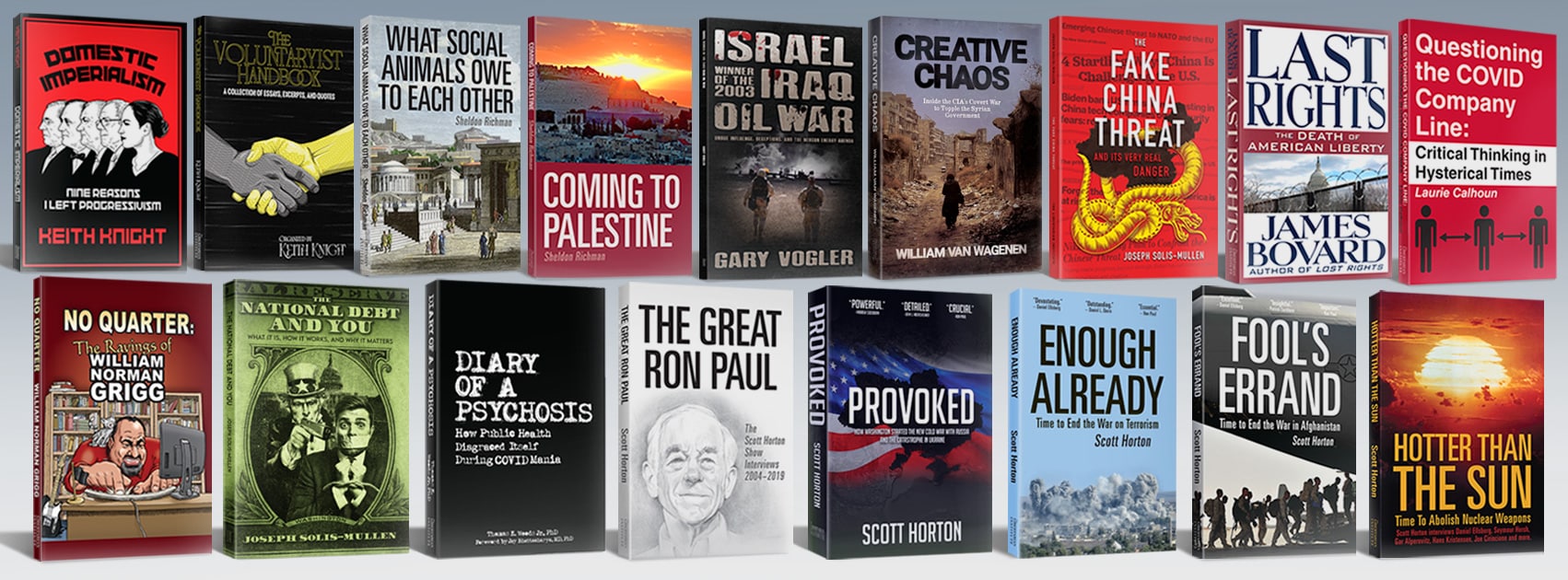New York Times Magazine has published a expose of Afghanistan as it struggles with war and Covid-19. Writer Mujib Mashal and photographer Kiana Hayeri have documented the effect of Covid-19 on Afghanistan and how the country has no infrastructure to deal with the thousands of refugees returning from Iran. Mujib Mashal writes at The New York Time At War blog:
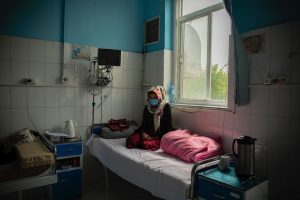 This is where I was earlier this month with the photographer Kiana Hayeri for a look at how a country mired in decades of conflict, and strangled by political instability and poverty, is handling the spread of a virus that has brought even the most developed nations to their knees. What we found, and which is documented in this Sunday’s cover story for The New York Times Magazine, was a fragile and broken system, complacent and dependent on the United States and its allies to bail it out in every moment of crisis, buckling under pressure, totally overwhelmed. Herat was facing the same issues as many countries: a lack of basic protective gear for health workers, a crumbling economy after many businesses shut down and the risk of food supplies running out. But all that paled in comparison to the main reality sucking up resources and casting a shadow on every effort: the raging war with the Taliban.
This is where I was earlier this month with the photographer Kiana Hayeri for a look at how a country mired in decades of conflict, and strangled by political instability and poverty, is handling the spread of a virus that has brought even the most developed nations to their knees. What we found, and which is documented in this Sunday’s cover story for The New York Times Magazine, was a fragile and broken system, complacent and dependent on the United States and its allies to bail it out in every moment of crisis, buckling under pressure, totally overwhelmed. Herat was facing the same issues as many countries: a lack of basic protective gear for health workers, a crumbling economy after many businesses shut down and the risk of food supplies running out. But all that paled in comparison to the main reality sucking up resources and casting a shadow on every effort: the raging war with the Taliban.
And it’s not just in Afghanistan.
Afghanistan isn’t the only country in conflict made vulnerable by conditions that preceded the pandemic. In northwestern Syria, where a million people have sought refuge from the country’s nine-year civil war, limited access to clean water for hand-washing means the virus has most likely swept through many displacement camps. Supplies are slow to arrive, and doctors estimate that more than 100,000 people could die. In Iraq, which borders Iran to the west, the government-imposed lockdown has ravaged the fragile economy — already depleted by plummeting oil prices and the country’s three-year battle against the Islamic State. In many ways, the Afghan experience is a microcosm of the virus’s reach into the most precarious parts of the developing world, where climate change, food shortages, violence and territorial disputes have created circumstances dangerously ideal for the rapid and uncontrollable spread of a disease. And in what could perhaps be an unprecedented moment in modern history, there may be no superpower left untouched that can afford to offer help.
I would also include Venezuela, Iran and Yemen in the list. Whatever you may think of Covid-19, it has exposed the inhumanity of U.S. wars and the U.S.A. sanction regime that actively prevents any aid to the countries on our “enemy list”. To treat people in poor countries in this manner – to stop needed aid in a time of world-wide health crisis is immoral and exposes a sick government and society that deserves condemnation.

